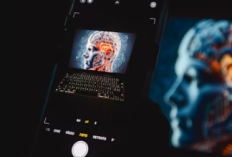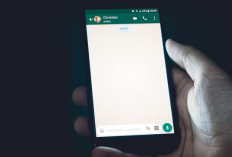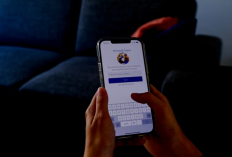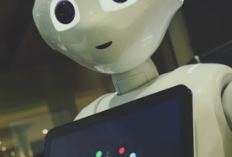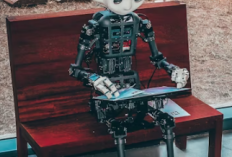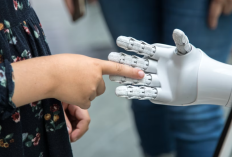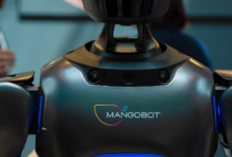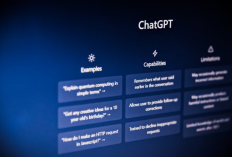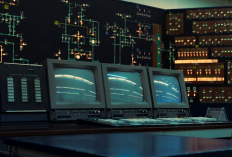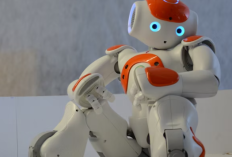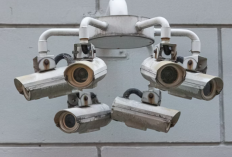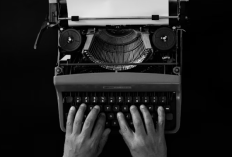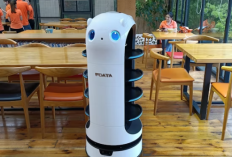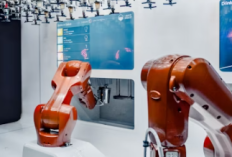AI Limitations That Prove Humans Still Lead Innovation<

Happy colleagues African American man and Caucasian woman are talking doing high-five and laughing at desk in workplace. Cooperation and business concept.-Vitaly Gariev-https://unsplash.com/
AI Limitations That Prove Humans Still Lead Innovation
Artificial intelligence can write essays, paint portraits, and compose symphonies — but it still can’t imagine the future. Despite its breathtaking capabilities, AI remains bound by data, while human creativity thrives in the unknown. The boundaries of Artificial intelligence are not weaknesses; they’re proof of what makes human innovation irreplaceable.
The Boundary of Data and Discovery
AI learns from what already exists. Every insight it produces is rooted in patterns from the past. Humans, on the other hand, can envision what’s never been seen before. That distinction — between replication and imagination — defines the current line between human and machine creativity.
- AI systems cannot generate ideas without reference data.
- Human inventors innovate through intuition, not just information.
- Machines analyze outcomes; people take leaps of faith.
While AI predicts the next logical step, humans invent the illogical one — the unexpected turn that changes everything.
Creativity Beyond Code
In laboratories and studios alike, AI assists but doesn’t originate. It accelerates workflow, generates options, and analyzes risks. But when decisions require vision or moral judgment, it falters. The essence of creation — curiosity, rebellion, emotion — lies outside the algorithm.
Consider the breakthroughs that reshaped the world: the lightbulb, the internet, the smartphone. None emerged from perfect data sets; they came from flawed, passionate minds daring to defy patterns. AI can optimize processes, but not purpose.
The Human Edge in Uncertainty
Innovation thrives where information ends. Humans navigate ambiguity with imagination, while AI seeks certainty. That’s why machines perform best in structured environments — finance, logistics, diagnostics — but stumble in chaotic ones like art, politics, and human empathy.
- AI struggles with contradictory goals or incomplete data.
- Machines cannot set original objectives without human input.
- Humans use emotion as a compass; AI uses probability as a map.
Where AI halts, humanity improvises. Our errors lead to discoveries machines would never attempt.
Innovation as a Human Signature
Artificial intelligence may surpass humans in speed, precision, and memory, but its limitations reveal something profound: innovation isn’t about efficiency — it’s about imagination. Progress is born not from flawless calculation but from restless curiosity.
As we integrate AI deeper into our world, its boundaries will continue to expose the very qualities that make us creators. The machine learns from history; the human writes it.

